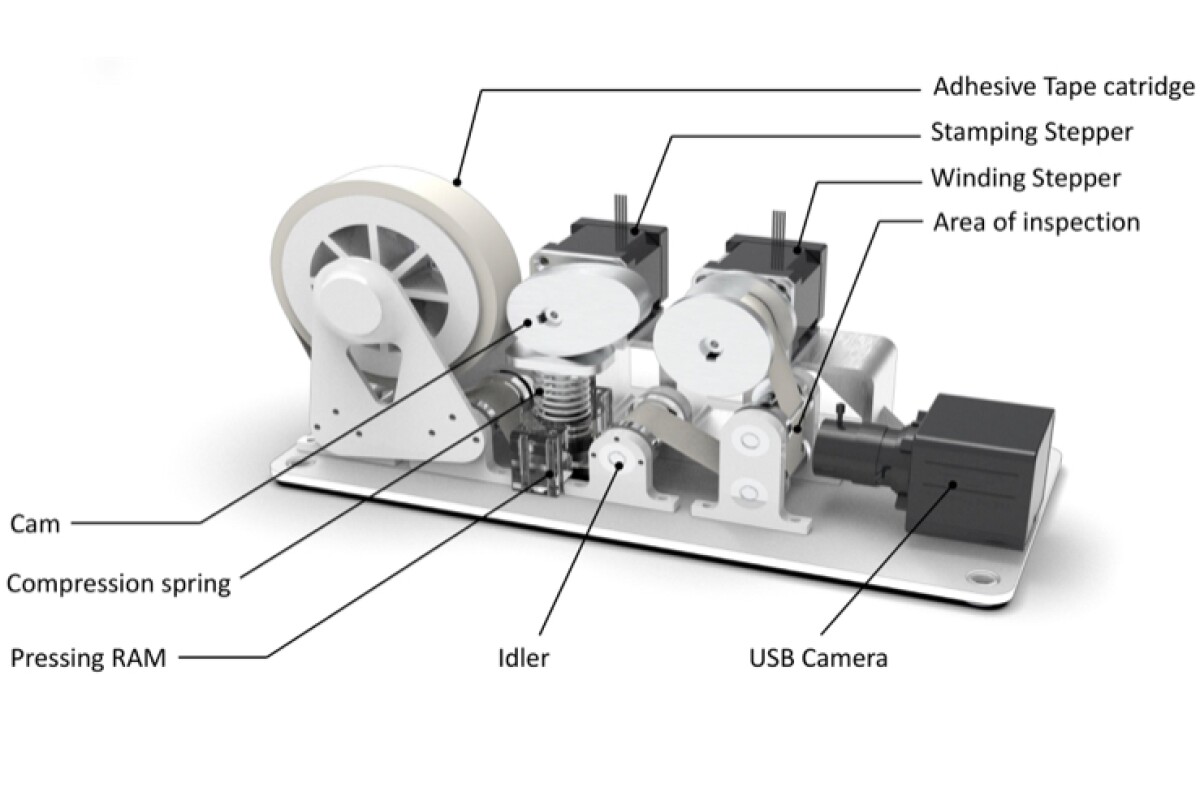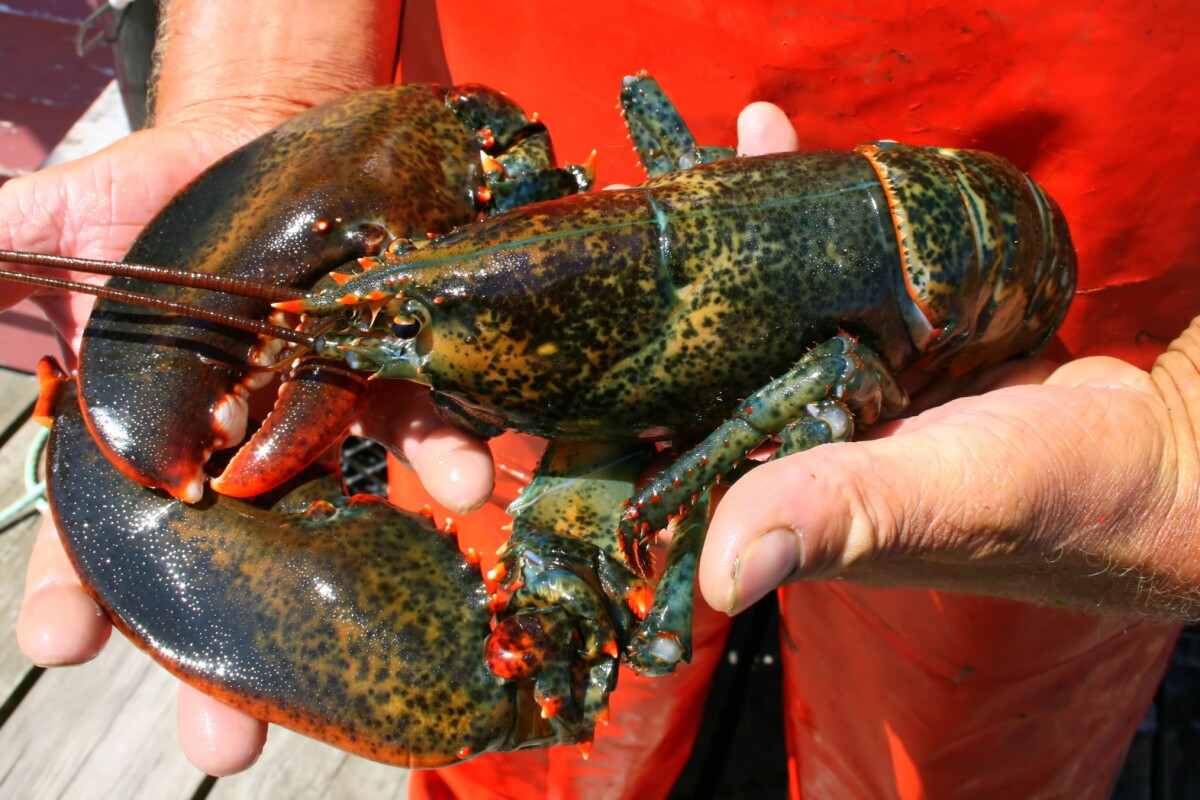GREENWASHING
'Carbon Footprint' and 'Net Zero' Don't Mean What You Think
ILLUSTRATION: MICHELLE URR
Almost every day, Motherboard reporters receive press releases from companies and governments large and small boasting of some new effort to reduce emissions. While it is obviously a good thing these entities—or, at least, their PR departments—are thinking about their environmental impacts, we've also noticed an unfortunate trend. These releases routinely misuse and abuse basic climate change concepts. In some cases, they even introduce new and misleading terms by slapping "green" or "eco" in front of some pollutant.
You've probably heard many of these terms before: carbon neutral, net zero, zero emissions. These terms sound simple, even self-explanatory. But the basic concepts they express are laden with complexities. And by getting repeated in the media without being fully defined, these terms have adopted slippery meanings, a slipperiness very much intended to imply companies and governments are doing more to reduce emissions than they actually are. Not all of these cases fit the traditional definition of "greenwashing"—in which companies express concerns about the environment while doing little to address those concerns—but many of them do.
To try and—ahem—clear the air, Motherboard has created this glossary of key terms relating to how corporations and governments talk about reducing emissions. We have assembled this guide in the hopes that it will help all of us more critically evaluate the claims corporations make about their attempts to be environmentally responsible.
To be clear, this is not a comprehensive guide to all important climate change-related terms. For that, the Intergovernmental Panel on Climate Change (IPCC)’s glossary is a good place to start. Nor do we cover all aspects of greenwashing, which cover far more than emissions, including waste/recycling, water pollution, etc. But we have chosen to focus specifically on emissions-related terms here because they are among the most abused
There is a very clear, achievable, and direct path to significantly reducing greenhouse gas emissions soon: Curb consumption, electrify everything, and clean up the grid with proven, cheap, renewable, zero-emission energy sources like wind and solar. The explanations of the terms below relate to how corporations delay, obscure, or otherwise obstruct that path, extending a decades-long trend of behavior that prioritizes profits ahead of the continued sustainability and habitation of this planet.
What is a carbon footprint?
This term refers to the overall emissions an individual is responsible for in their day-to-day activities: Driving, shopping, flying, and other rudimentary actions all come with a certain environmental impact, and the concept aims to sum that up while holding individuals accountable for their own role in the climate crisis. While aiming to limit ones’ own consumption and contribution to a system that’s polluting our planet is noble, the idea of a carbon footprint is highly individualistic and places onus on the person to solve a global crisis, allowing large polluting sectors to skirt responsibility in turn. In fact, the term was popularized by oil giant British Petroleum (BP) in the early aughts as part of a marketing campaign crafted to redirect attention for solving climate change away from fossil fuel corporations; in 2004, the company worked with a public relations firm to launch a carbon footprint calculator to help the individual assess their own role in global warming. But as Rebecca Solnit writes for The Guardian, “The revolution won’t happen by people staying home and being good.” 77 percent of all emissions in the U.S. come directly from transportation (29 percent), electricity (25 percent), and fossil fuels and industries that rely on them to manufacture goods (23 percent), according to the Environmental Protection Agency. Slashing emissions at the scale required to slow the climate crisis will require systemic policy changes.
What does carbon neutral, or carbon neutrality, mean?
Carbon Neutral, or carbon neutrality, is the goal often targeted by businesses, corporations, and governments in climate pledges. The basic concept is to measure an entity's carbon footprint, reduce that amount as much as possible, and purchase offsets for the emissions that can't be avoided. According to this logic, at that point, a corporation is theoretically not adding more carbon into the atmosphere. While auditing an entity's carbon footprint can be a helpful step towards reducing emissions simply because it forces the entity to realize where and when it is harming the planet, at this time the concept of carbon neutrality is only as viable as the offsets purchased.
What are offsets?
In which a polluting entity pays someone else to do something that will in theory remove carbon from the atmosphere or prevent carbon from being emitted that otherwise would have been. As the non-profit Climate Neutral, which certifies climate-neutral businesses, explains, such offsets have to meet six criteria in order to be certified by them: They must be "real, permanent, quantifiable, verifiable, enforceable, and additional." Once a broadly accepted tool in the CO2 reduction toolkit, offsets are now increasingly regarded as at best difficult to achieve in an unregulated, segmented market with varying standards and at worst outright scams.
Even the most basic form of carbon offsets, like planting trees which naturally absorb CO2, is proving subject to complications or scam-like behavior. Trees planted in offset programs burn down in wildfires, releasing the carbon back into the atmosphere. Offsets can also be used in blatant greenwashing schemes, like when Shell, a major international oil company, declared it is planting trees in China to brand liquified natural gas as "carbon neutral." The green-branded fintech firm Aspiration sells a credit card that advertises customers can "Drive your car–without hurting the planet" because the company will purchase offsets for fuel purchases. And offsets create a fictitious market for carbon-intensive activities that otherwise wouldn't exist for the sole purpose of receiving offset funds. For example, the Massachusetts Audubon Society refrained from razing 9,700 acres of forest it preserves, thereby making $6 million from offset purchases to not do something it never intended to do.
On balance, experts increasingly believe offset programs actually increase emissions. And some corporations are acknowledging this. Walmart declared a goal of zero emissions by 2040 "without relying on carbon offsets." One expert advised the Financial Times that, for the time being, offsets should be deemed "guilty until proven innocent."
What is carbon negative, and how is it different from carbon neutral?
Carbon Negative is the same as carbon neutral but offsets or other mitigation efforts to remove CO2 exceeds the emissions generated. Any claim today that an entity is carbon negative should be treated with utmost skepticism because carbon removal efforts like offsets are either experimental or speculative while the emissions they are designed to offset are definite and locked in.
What is net zero?
You might see this term used interchangeably with “carbon neutrality,” though it’s slightly broader, in that it encompasses emissions of all greenhouse gasses, like methane and nitrous oxide, not just carbon dioxide. Broadly, being “net zero” means that the emissions of a given entity have been matched by reductions over a slated period of time. Like carbon neutrality, the term is often used in government and corporate pledges, like the one the Biden Administration made to shrink national emissions by 2050.
But the term has also come under fire for being imprecise and a vehicle to excuse continued emission with what many environmental justice groups perceive to be false promises. Crucially, if a company has achieved net zero emissions, that does not mean that it is not emitting at all—hence, the common slogan, “net zero is not zero.” Rather, it is likely purchasing offsets that equal its emissions in volume, which, as we've learned, are not a sure thing.
What are “green” and “blue” hydrogen?
Hydrogen is an element that exists in a number of compounds on earth—alcohols, petroleum, and hydrocarbon, but most prominently, in water, when combined with two oxygen atoms (H20—you’ve probably heard of this!) It’s the lightest of all gasses, and can be used as a fuel source; it’s most commonly produced from water molecules and distilled into a pure form via a process called hydrolysis, and from hydrocarbons, when separated from carbon molecules via steam. It’s an emissions-free energy source, emitting only water vapor and warm air when burned.
It’s gotten particular attention as a “clean” energy source as of late, from both fossil fuel companies and the Biden Administration, as a tool to meet emissions reduction goals. In June, Energy Secretary Jennifer Granholm announced her aim to reduce the price of the fuel by 80 percent by 2030; a few months later, the $1 trillion bipartisan infrastructure plan included several billion for research and development around hydrogen technology. “Clean hydrogen is a game changer,” Granholm said in a press release in June. “It will help decarbonize high-polluting heavy-duty and industrial sectors
But progressive environmental groups call bullshit, noting that most processes for producing hydrogen at scale require fossil fuels. Green hydrogen, specifically, is made with renewable energy sources, which would truly be emissions-free—but the industry for this is extremely small. Today, oil and gas companies produce nearly all of the country’s annual supply of hydrogen, according to non-profit environmental advocacy group EarthJustice. Hydrogen produced from fossil fuels is more commonly referred to as “blue hydrogen,” which is not a clean energy source, despite how much oil and gas companies want us to think it is. Transitioning from fossil fuels requires eliminating them from our energy palate entirely, environmentalists argue; investing in technologies that require them is antithetical to the goal of transitioning to an emission-free economy.
What is carbon capture?
Carbon Capture, also called Carbon Capture and Sequestration (CCS), Carbon Capture and Storage, Carbon Capture Utilization and Storage (CCUS), and a number of similar terms and acronyms, broadly refer to any effort to take CO2 from the air, atmosphere, or polluting source and either put it back in Earth or re-use it. It is frequently touted as a promising and even necessary intervention to keep the planet from catastrophic warming.
As humanity continues to fail at reducing global CO2 emissions at a level that will prevent catastrophic climate change, that failure makes technologies like carbon capture all the more necessary. For example, the Intergovernmental Panel on Climate Change (IPCC) now considers such technology necessary to achieve net-zero or net-negative emissions. But the fact that the stakes for technology like carbon capture panning out are now so high doesn't guarantee they’ll work. To date, CCS facilities have several high-profile failures and few success stories. And the CO2 pulled from such facilities are often not returned to Earth at all but are used to extract more fossil fuels. Hundreds of environmental groups in the U.S. and Canada are opposed to the technology because it prolongs dependence on fossil fuels and the necessary infrastructure poses serious risks to nearby communities.
What is direct air capture?
Direct Air Capture (DAC) is a type of carbon dioxide removal. Instead of sucking the CO2 straight from a fossil fuel plant before it goes into the air, DAC is a standalone facility that takes CO2 from ambient air. The world's largest DAC plant is in Iceland. In one year it can remove the equivalent CO2 emissions of about 870 cars. DAC does not remove CO2 from the atmosphere and many questions remain about whether it can be scaled to have a meaningful impact on atmospheric CO2 levels as well as how to store the carbon safely for eternity. For these and other reasons, the White House Environmental Justice Advisory Council said it would not support DAC efforts.
What does zero emission mean?
Often used in the context of electric vehicles, zero emission typically refers to the fact that fully electric vehicles do not have any direct tailpipe emissions, which improves air quality. But the term can be misleading by implying electric cars do not use fossil fuels. It is possible one day the U.S. energy grid will be 100 percent renewable energy using no fossil fuels whatsoever, but we are very far from that today. Electric cars use lots of electricity, and that electricity comes from a power grid that is currently a mixture of wind, solar, hydroelectric, and mostly fossil fuels. Electric vehicles generally use less energy and create fewer emissions than gas-powered cars. The Union of Concerned Scientists has a calculator for comparing the real-world emissions of an electric vehicle based on the energy source for any given zip code. While an electric vehicle is the cleaner option in nearly every case, it is only "zero emissions" in a very narrow sense.
What is biofuel, or biodiesel?
Biofuel, or biodiesel, is an energy source that comes from biomass, or organic, non-fossil matter, like dead leaves, trees, algae, municipal waste, corn, and cow shit, all of which have stored chemical energy. These materials are typically converted into a liquid fuel by being heated and deconstructed into a distilled form. It’s been lauded as a “bridge fuel” in the transition away from coal and oil and gas because it is a renewable resource. But converting biomass into fuel, and burning said fuel, comes with its own emissions, and in some scenarios, creates pollution that is worse for human health than burning coal. A large faction of the environmental movement believes that relying on bridge fuels only stalls the transition to carbon-free renewables, like wind and solar. One need look only at the history of other "bridge fuels," such as natural gas, to see the folly of such "bridge fuel" arguments. Today, natural gas is seen as a fuel source we need to phase out entirely.
What is renewable energy?
Renewable energy is a catch-all term that describes any fuel source that comes from a “renewable” resource, or a resource that is naturally replenishing and that we have an endless store of, like wind, sun rays, water, and biomass (dead trees or organic matter, for example.) By contrast, “non-renewable” resources are those of which there is a limited supply on earth, like petroleum, gas, and coal produced from fossils and rock formations found deep underground. In general, renewable resources are more reliable long-term than non-renewable resources—it is better to use something that you have an exponential supply of than something you don’t. But renewable energy doesn’t automatically mean emission-free; geothermal energy, for example, emits small amounts of carbon dioxide, and as do the reservoirs of hydropower dams, which also release methane, a greenhouse gas that’s short-lived in the atmosphere but approximately 86 times more potent in its warming potential than CO2.
Corrections: This article previously cited a letter from environmental groups in the section about direct air capture. The letter is in opposition to carbon capture and sequestration. That sentence has been moved to the appropriate section. We also removed the term “Carbon Dioxide Removal” as a synonym for carbon capture.








